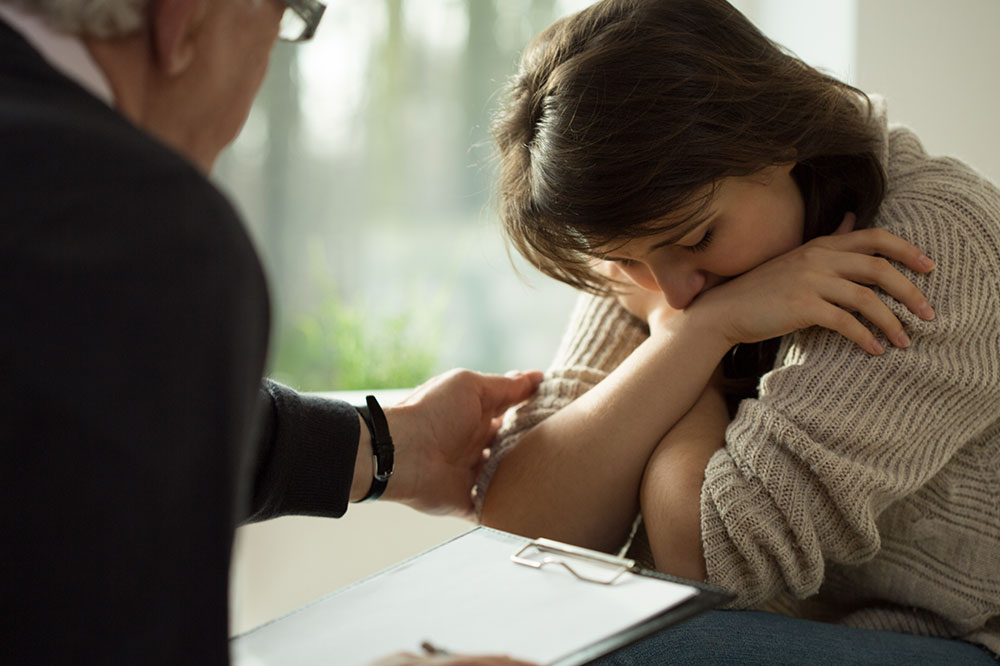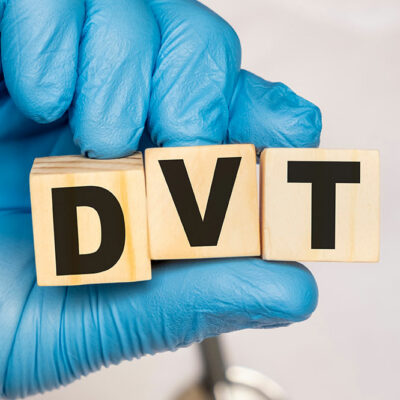
6 Most Effective Types of Therapy for Depression
Therapists and psychiatrists generally do not follow a set treatment protocol for depression. Treatment depends on the person’s age, mental and physical health condition, and the severity of their symptoms. Along with medication, doctors use one or a combination of therapies, either individually or in a group, to treat depression. During therapy, a psychiatrist aims to understand how you feel, why you feel that way, what triggers your depression, and how it impacts you.
Once therapists figure it out, they work with you to remove negative thinking and change your behavior. Among the many types of therapy used to treat depression, here are the most effective and commonly used methods:
1. Interpersonal therapy (IPT)
IPT helps you communicate better with others and improves interpersonal connection with people around you like friends, family, or colleagues. Depression affects relationships, and problems in relationships can lead to depression. Doctors will use IPT as a standalone treatment or in combination with medication.
2. Cognitive behavioral therapy (CBT)
Negative thoughts are characteristic of depression. Therapists use CBT to help patients identify negative thoughts and work with them to replace their behaviors. CBT is as effective as medication and helps improve symptoms, and prevents relapse of depression.
3. Dialectical behavior therapy (DPT)
Very similar to CBT which focuses on thoughts, DBT focuses more on changing behavior patterns. It is used to treat patients with intense emotional reactions and impulsive behavior to display their pain or sadness. Patients are encouraged to face and talk to their negative thoughts and slowly replace them with positive behaviors.
4. Behavioral action (BA)
Behavioral action too like CBT and DBT, focus on a depressed person’s thought and corresponding behavior. It is a long-term treatment that sets specific goals for the patient and works towards achieving them. It is used along with other therapies and techniques for a holistic treatment for people affected with mild or moderate depression.
5. Psychodynamic therapies
Psychodynamic therapy is another type of holistic treatment but from the patient’s perspective. Unlike CBT, BDT, and BA, this therapy interprets a person’s cognitive and emotional behavior right from childhood. Psychodynamic therapy helps a patient identify who they are. From that understanding, they learn to form a more practical and positive sense of self, which reduces negative thoughts and consequent depression.
6. Problem-solving therapy (PST)
If a person has gone through stressful events in life, depression and other mental health disorders can occur. PST helps patients manage the negative impact of stressful events and helps them in decision-making. It can enable them to identify and deal with their problems creatively. It encourages them to cross the real or imaginative barriers and helps them reach their goals. PST is designed to help patients struggling with anxiety and depression.
7. Effectiveness of therapy
The effectiveness of therapies depends on the stage like mild, moderate, or severe depression. The effectiveness also varies if the depression is a standalone condition or is combined with other comorbidities. Duration of therapy may differ based on how well a patient cooperates with the therapy and duration of therapy.


